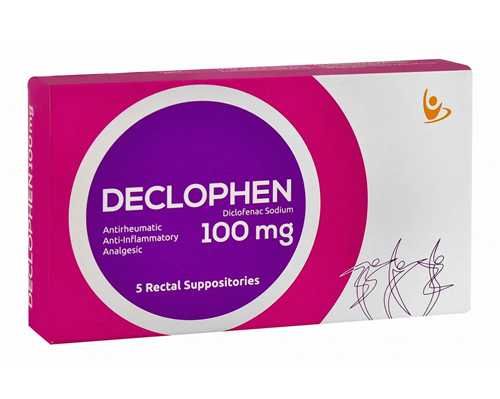Description
Trade name:
Ketolac
Compound:
Each 2 ml ampoule contains:
Ketorolac tromethamine 30 mg
Auxiliary components:
sodium chloride, disodium edetate, water for injection.
Properties:
Ketorolac is a NSAID that has a pronounced analgesic (pain-relieving) effect, and also has anti-inflammatory and moderate antipyretic effects.
Ketorolac does not affect opioid receptors, does not depress respiration, does not cause drug dependence, and does not have a sedative or anxiolytic effect.
In terms of analgesic (pain-relieving) effect, it is comparable to morphine and significantly superior to other NSAIDs.
After intramuscular administration, the onset of analgesic (pain-relieving) effect is noted after 0.5 hours, the maximum effect is achieved after 1-2 hours.
Indications:
Pain syndrome of severe and moderate severity: injuries, toothache, pain in the postoperative period, oncological diseases, myalgia, arthralgia, neuralgia, radiculitis, dislocations, sprains, rheumatic diseases.
It is intended for symptomatic therapy, reduction of pain and inflammation at the time of use, and does not affect the progression of the disease.
Method of administration and dosage:
The drug should be administered deeply intramuscularly or intravenously (jet) slowly for at least 15 seconds in minimal effective doses selected in accordance with the intensity of pain and the patient’s response. If necessary, opioid analgesics can be additionally prescribed at the same time in reduced doses.
Single doses for a single intramuscular or intravenous administration: adults under 65 years of age – 10-30 mg depending on the severity of the pain syndrome; elderly patients over 65 years of age or with impaired renal function – 10-15 mg.
Doses for multiple parenteral administration:
For intramuscular administration to adults under 65 years of age and children over 16 years of age, 10-60 mg is administered intramuscularly in the first administration, then 10-30 mg every 6 hours (usually 30 mg every 6 hours); elderly patients over 65 years of age or with impaired renal function – 10-15 mg every 4-6 hours.
Contraindications:
– complete or incomplete combination of bronchial asthma, recurrent polyposis of the nose and paranasal sinuses and intolerance to acetylsalicylic acid or other NSAIDs;
– urticaria, rhinitis caused by taking NSAIDs;
– intolerance to drugs of the pyrazolone series;
-dehydration, hypovolemia;
-bleeding or high risk of its development;
– condition after coronary artery bypass grafting;
-confirmed hyperkalemia;
-inflammatory bowel diseases;
-erosive and ulcerative lesions of the gastrointestinal tract in the acute stage, peptic ulcers;
– hypocoagulation;
– severe renal failure;
– severe liver failure or active liver disease;
-hemorrhagic stroke;
-hemorrhagic diathesis;
– hematopoiesis disorder;
-pregnancy;
-childbirth;
– lactation period (breastfeeding);
– children under 16 years of age.
Precautions:
To reduce the risk of developing NSAID gastropathy, antacids, misoprostol, and omeprazole are prescribed.
Side effects:
From the central nervous system and peripheral nervous system: often – headache, dizziness, drowsiness.
From the digestive system: often (especially in elderly patients over 65 years of age with a history of erosive and ulcerative gastrointestinal lesions) – gastralgia, diarrhea; less often – stomatitis, flatulence, constipation, vomiting, feeling of fullness in the stomach.
Storage method:
Store at temperatures not exceeding 30 degrees









